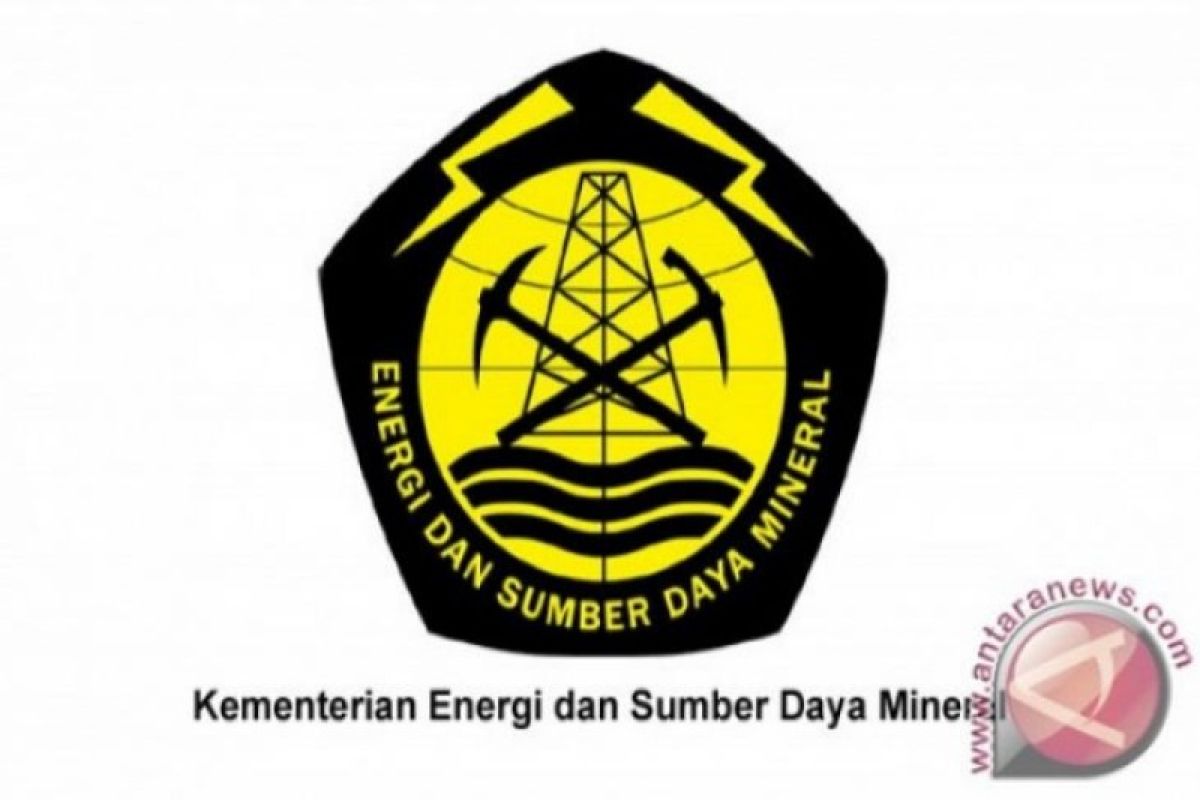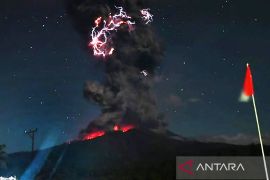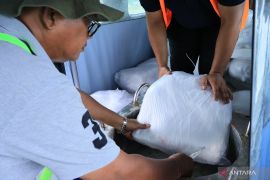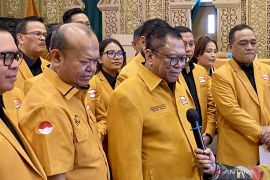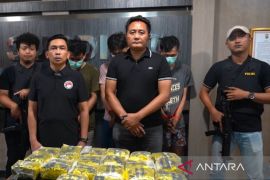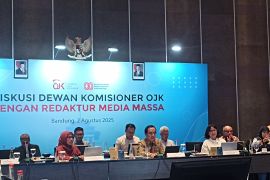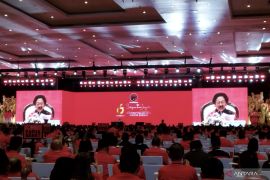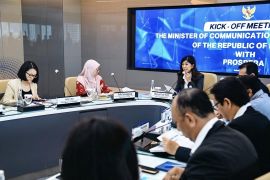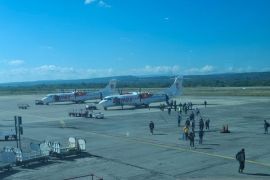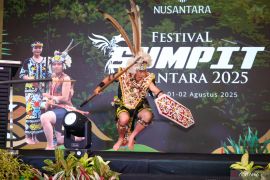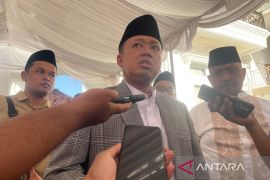"Indonesia still has the potential, so we need to cooperate with other parties to manage the potential and invite investors," Siswanto remarked at the Indonesia-US-Japan LNG workshop.
Of the total gas reserves, 99.06 TSCF are proven reserves, 21.26 TSCF are potential reserves, and 18.23 TSCF are probable reserves.
Siswanto pointed out that proven gas reserves in Aceh had reached 0.89 TSCF, while 0.40 TSCF in North Sumatra, 1.84 TSCF in the central region of Sumatra, and 6.65 TSCF in South Sumatra.
Natuna had the largest proven gas reserves of 46.96 TSCF, while the proven reserves in West Java had reached 2.89 TSCF, and 2.98 TSCF in East Java.
Proven gas reserves had reached 5.41 TSCF and 1.78 TSCF in Kalimantan and Sulawesi respectively, while Maluku and Papua had 11.93 TSCF and 14.33 TSCF of gas reserves respectively.
Indonesia has studied the possibility of cooperating with the United States and Japan to explore the LNG business in a bid to support energy resilience in the three countries.
"The forum of the trilateral meeting offers several possibilities, including technology development and LNG export-import," head of the Special Task Force of Oil and Gas Upstream Business Activities (SKK Migas) Dwi Soetjipto noted.
Soetjipto elaborated that for LNG development, Indonesia had focused primarily on three main areas, the first being to develop the existing natural resource by increasing exploration; second being to increase LNG supply by improving its infrastructure, and thirdly, improving the LNG-based management of economy to attract investors.
Meanwhile, a representatives of the US Embassy Heather Variava remarked that the United States had huge reserves of gas and the capability to develop technology for LNG production.
Reporting by Afut Syafril, Sri Haryati
Reporter: Antara
Editor: Suharto
Copyright © ANTARA 2019
